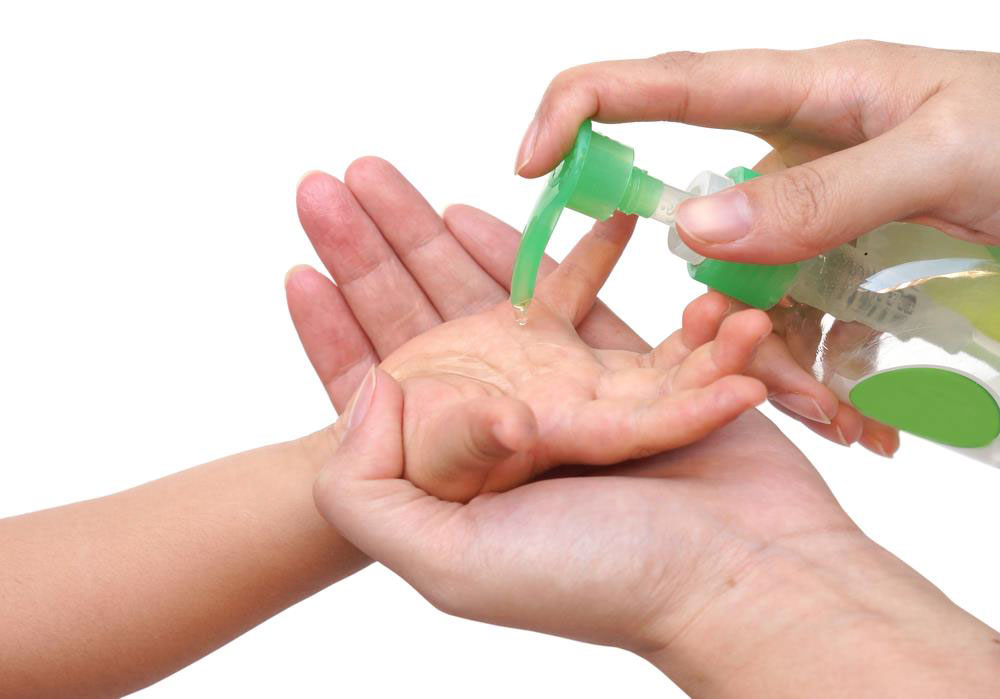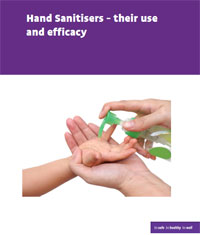Hand sanitisers - their use and efficacy

ISBN: 978-1-905767-62-5
Downloads
Background
 Hand washing is the most important practice to prevent the spread of pathogens (the cause of diseases), especially for people who handle food (CDC 2009). Washing with water and soap is the “gold standard” way to remove bacteria and food from hands. Soaps do not kill bacteria and viruses. However, they are considered to be effective in removing dirt, soil and bacterial load from the outer layers of hand skin. The “bacterial load” is the level or numbers of bacteria that may have built up.
Hand washing is the most important practice to prevent the spread of pathogens (the cause of diseases), especially for people who handle food (CDC 2009). Washing with water and soap is the “gold standard” way to remove bacteria and food from hands. Soaps do not kill bacteria and viruses. However, they are considered to be effective in removing dirt, soil and bacterial load from the outer layers of hand skin. The “bacterial load” is the level or numbers of bacteria that may have built up.
Over recent years there has been increasing availability and usage of hand sanitising products. The main advantage of these products seems to be that they are quicker and easier to use. They may also provide another way to clean the hands when water and soap are not available. Using hand sanitisers is usually considered to be an effective hand hygiene regime for hospital and health-care settings. However, their use in food settings has historically been refused because they do not remove food debris.
This study aimed to provide scientific information on the efficacy of hand sanitisers, compared to hand washing with soap and water, in removing foodborne pathogens from hands. In the second part of the study an online survey was undertaken to assess how often hand sanitisers are used. The study also assessed the perceived efficacy of these products – how well the participants believe they work – over water and soap in preventing foodborne illness among consumers on the island of Ireland.

